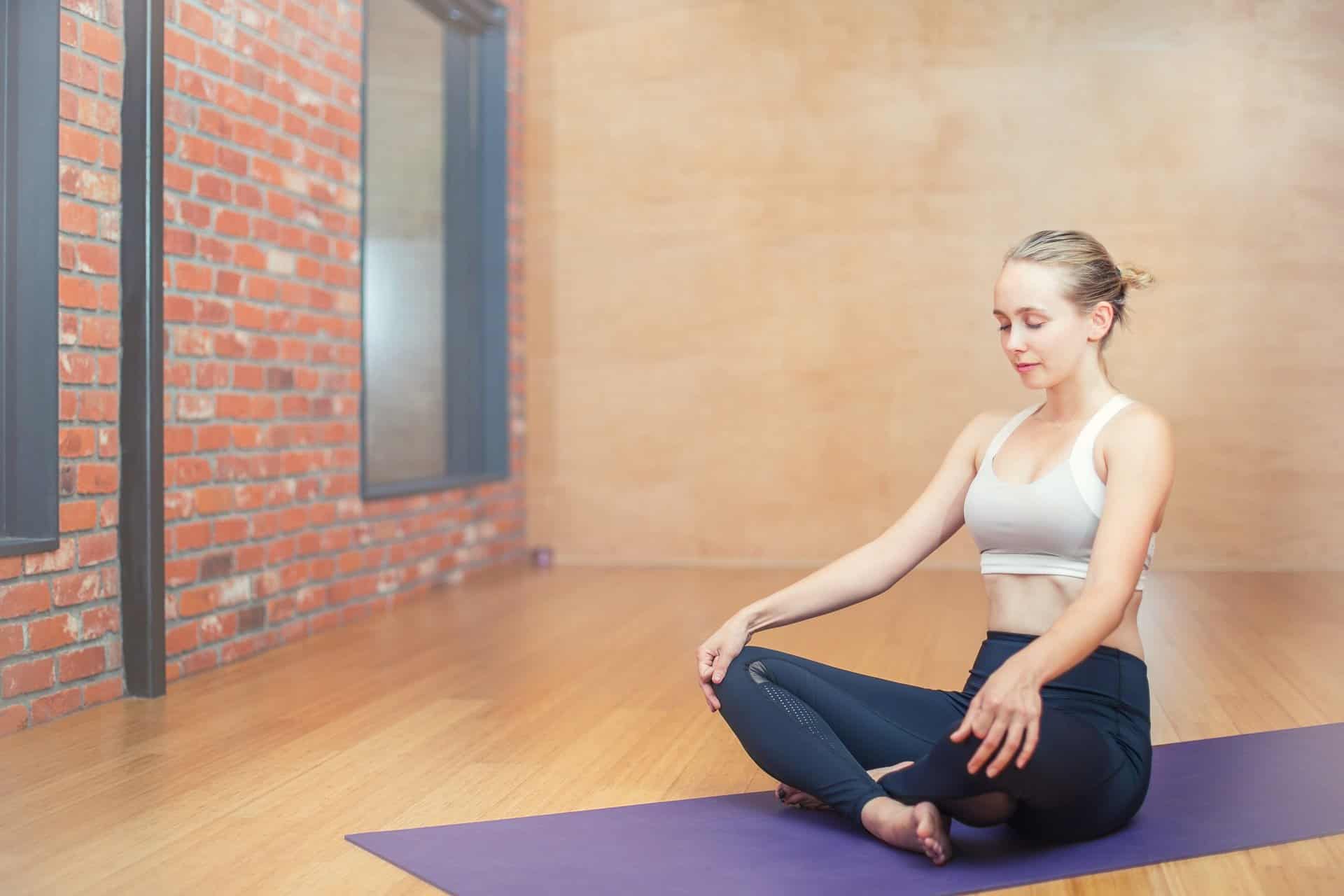In the 1920s, Dr. Edmund Jacobson discovered progressive muscle relaxation. With the help of this technique, he helps his patients who are subject to stress and anxiety. He discovered that relaxing a certain group of muscles in the body can also "relax" the mind. In this way, many people get rid of the tension at the end of the working week. Over the years, many of Jacobson's colleagues began to practice progressive muscle relaxation, combining it with various breathing exercises and visualization.
Progressive muscle relaxation is associated with relaxing the body on a physical and mental level. The relaxation method consists of consciously tensing and relaxing various muscles. What exactly is meant by this and how to implement Jacobson's method you will read in the following lines.
Progressive Muscle Relaxation - How Does It Work?
If the organism perceives danger, it can react to that stimulus by succumbing to it or trying to fight it. Regardless of the variant, energy in the form of muscle power is required for the body to respond appropriately to stress. Because of this process, all the muscles in the body become tense.
As soon as this "stimulus" or spasm is over, the muscles usually relax automatically. However, if the body does not receive a signal to relax, the tension remains. This applies to stress of any kind such as stress at the office, stress in relationships and various other situations where the body is under stress - often unnoticed.
In the long run, however, these tensions from such situations can build up and cause lasting tension. Chronic back pain, headaches, neck pain and other psychosomatic complaints can result from this.

Before you start
1. Do the exercises in a quiet environment.
2. Take 20-30 minutes for progressive muscle relaxation.
3. Sit or lie down comfortably.
4. Remove tight clothing, jewelry, and other items that may be in the way.
5. Turn off your smartphone so you don't get distracted.
Uhand stools and armpits
Bend the arm at the elbow so that the wrist points toward the shoulder. Tighten gradually and tense the biceps. Relax the arm and extend the arm. In this way, you will reduce the tension in this hour of the body. Then relax the whole body and you can repeat or try the same with the left arm.
Progressive muscle relaxation: steps, legs and buttocks
Tense your left or right leg by pinching your toes and pressing your heels into the ground. Lift the leg up while also tightening the thigh.
Repeat these exercises with the other leg.
Then tense the buttocks and relax after holding the tension for five seconds.
Progressive muscle relaxation: face and head
Pull your eyebrows up, frown and hold for a few seconds. Relax and repeat several times.
Press your lips together and open your mouth as wide as possible, as if your lower jaw wants to touch your neck.
Pull your shoulders up and push your neck back.
Ustools for the upper body, back and abdomen.
Move your shoulders back slightly. Breathe deeply and hold your breath to tighten your chest muscles. Tighten your stomach.
Tighten and relax the lower back as well.
Important: If you have performed the exercises as described above, the progressive muscle relaxation ends by tensing again and then simultaneously relaxing all parts of the body. Then go through all the muscle groups trained in your mind. In this way, relaxation is maintained longer.
Ntake a step back!
The last part of progressive muscle relaxation is always the pull-back: Breathe in and out deeply several times and stretch. You should stretch your limbs as if you have just woken up from a dream.
Start transforming your life with Milena Goleva's yoga program





Facebook Comments